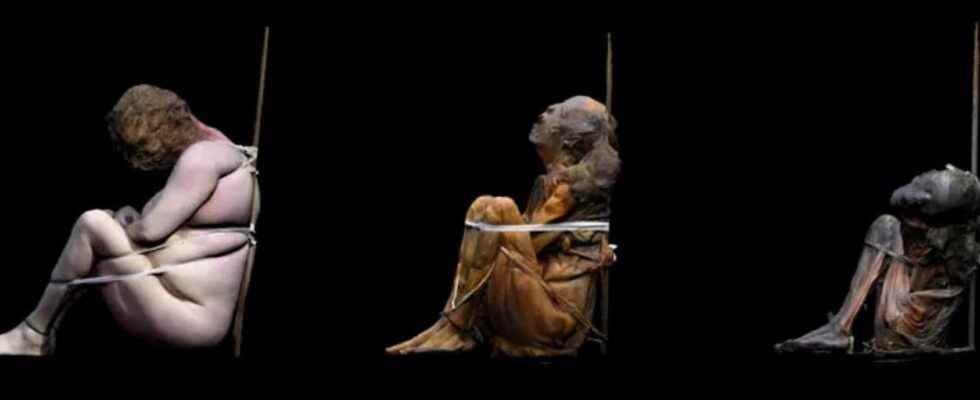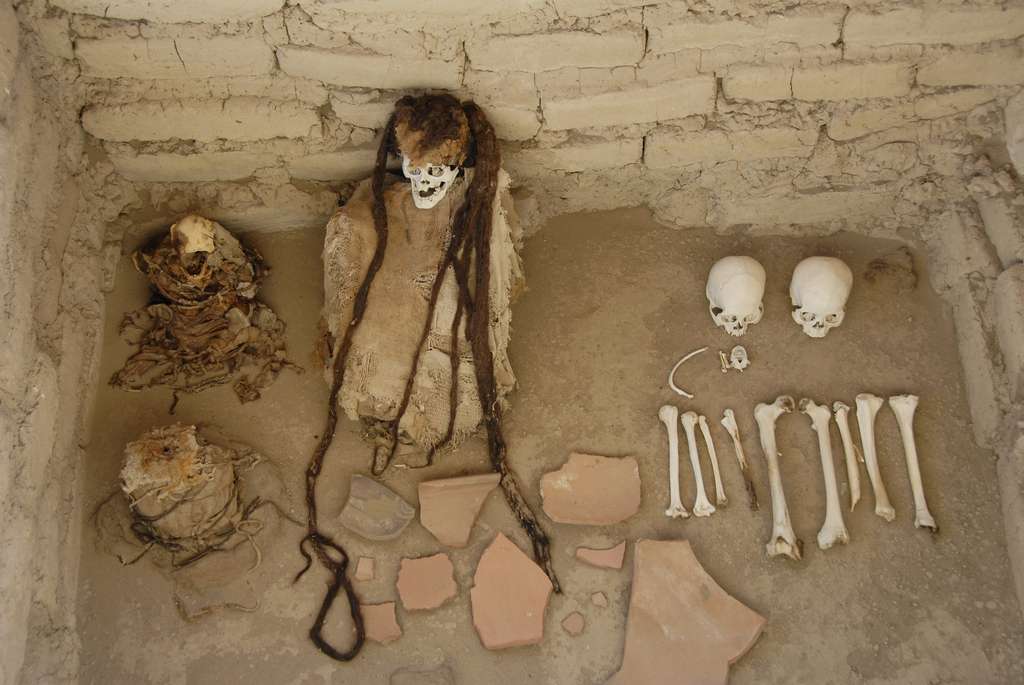You will also be interested
[EN VIDÉO] Experts from the past: the funerary treasures of Buchères During excavations carried out in Buchères, near Troyes, in the department of Aube, archaeologists from Inrap (National Institute for Preventive Archaeological Research) discovered several tombs with very rich funerary furniture. The deceased, Celts of mysterious status, reveal their secrets during this new episode of Experts of the Past.
When was the first trace of thespecies human? When the first funeral rites were they invented and what did they look like? These questions relating to the origins of human biology and culture allow many people to satisfy, if not existential questions, their personal curiosity. Funeral rites differ according to cultures and are shaped over time by the beliefs of the populations but also by geography and the weather backgrounds. Human mummies are among the archaeological remains the most fascinating because their discovery is often fortuitous and the features of some of them are preserved in such an incredible way that people almost seem to be asleep.
An individual bound, mummified and then buried
Almost 60 years ago, the Portuguese archaeologist Manuel Farinha back Santos photographed the bodies in tombs in southern Portugal that date back 8,000 years. However, some of his photographs had not been developed and their recent development, as well as the analysis of the tombs, allows archaeologists to affirm that one of the buried bodies had been mummified.
According to archaeologists, this practice would also have been applied to other bodies in the same area and could have made it possible to transport them before burying them. The archaeologists were also able to determine that the body had been mummified because of the position of the bones of the skeleton because the latter did not present a natural configuration. The limbs were indeed flexed beyond their natural limits, suggesting that they were bound and held in force in these positions. The absence of decomposition of the body linked to mummification is also corroborated by the fact that the small bones that make up the foot, for example, remain in anatomical configuration after 8,000 years.
The discovery of this Portuguese mummy is surprising for two main reasons. The first is that “mummies” are mostly associated with Egyptian and inca and that they are little known, especially in Europe. Besides the fact that mummification was very common in these last two cultures compared to others, it is important to consider that there is an environmental bias in finding mummies.
The preservation of the latter is favored in particular in desert and dry environments which have remained so for the last eight millennia. The presence of mummies in Europe is therefore very rare and the Portuguese mummy therefore offers a new perspective on the funerary rites of the populations in this area. The second surprising aspect of this discovery concerns finally the age of the mummy because it exceeds that of all the known mummies and in particular of the mummies of theAncient Egypt which date from around 4,500 years ago.
Interested in what you just read?

